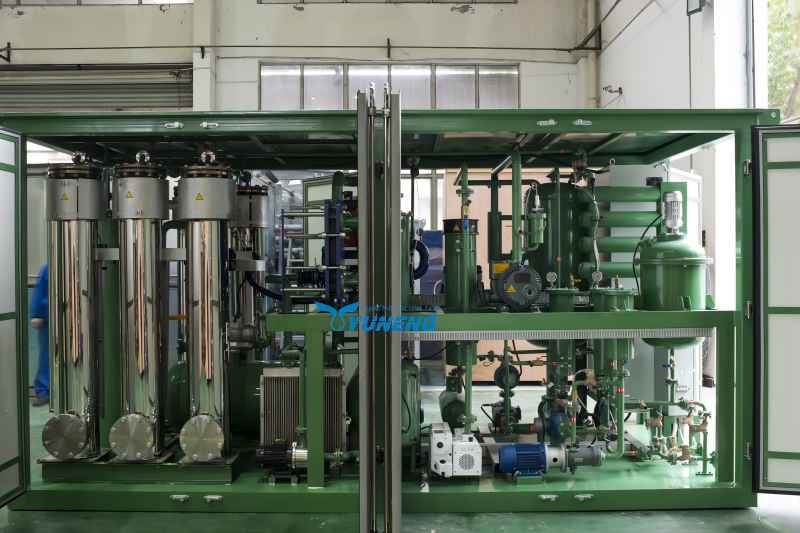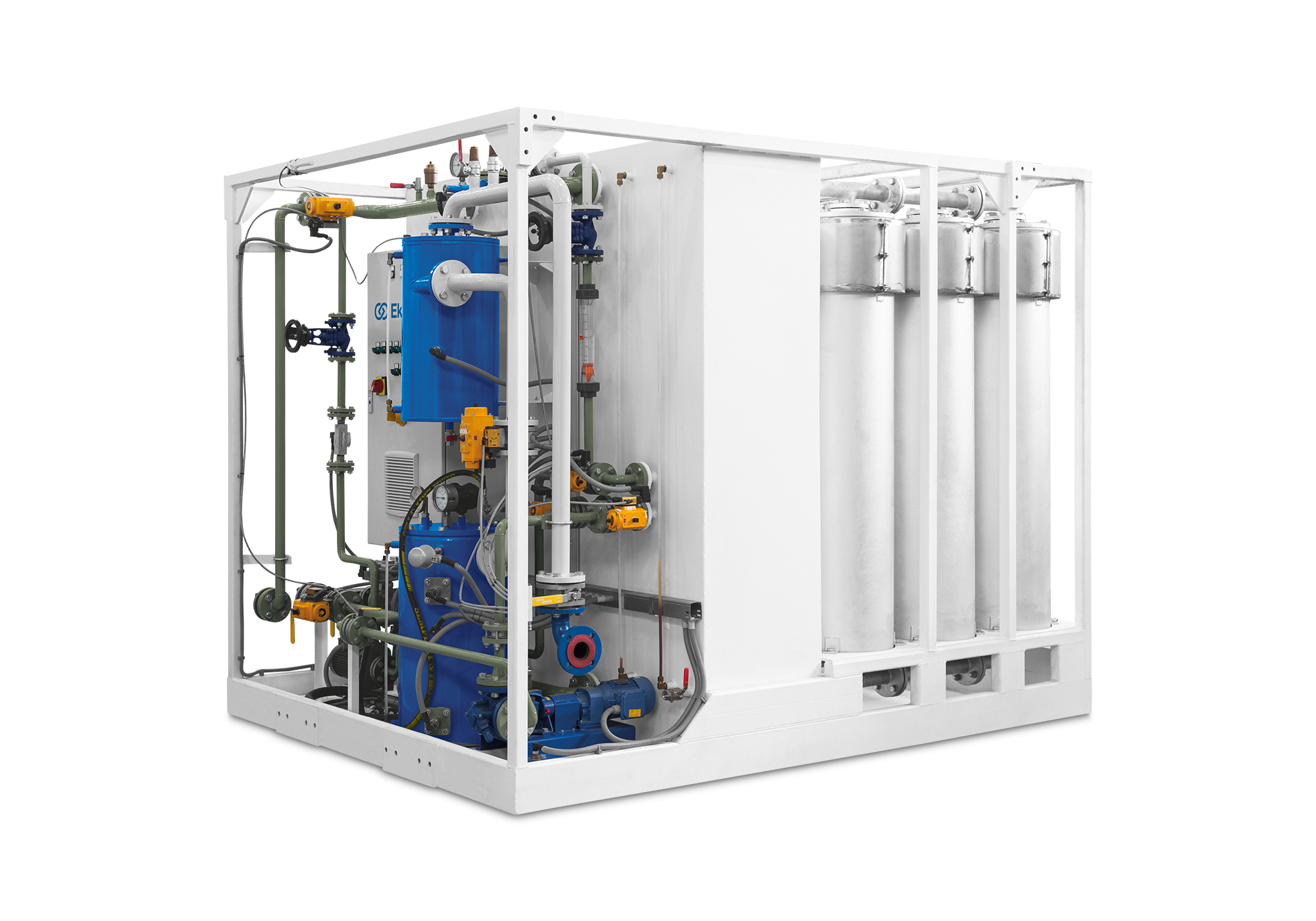Just How Regenerated Transformer Oil Extends Transformer Life-span
The role of transformer oil is important in making certain the integrity and longevity of transformers, serving as both an insulator and coolant. Regenerated transformer oil provides an engaging option to boost these features by properly removing damaging pollutants that jeopardize efficiency.
Relevance of Transformer Oil
Transformer oil plays a crucial function in the efficient operation of electrical transformers. It primarily acts as a protecting medium, ensuring and protecting against electrical discharges that components operate securely under high voltage problems. The oil's dielectric properties are basic to keeping the honesty of the transformer, as they lessen the danger of failures that could bring about devastating events or expensive downtimes.
In addition to its insulating capacities, transformer oil additionally functions as a coolant. As transformers run, they create warmth that needs to be dissipated to avoid overheating and succeeding damages. The oil circulates within the transformer, absorbing and moving warm away from critical parts, thus maintaining ideal operating temperatures.
In addition, transformer oil functions as a barrier against dampness and pollutants, which can compromise the efficiency and longevity of the transformer. Its chemical properties assist in neutralizing acids and various other byproducts that might form gradually, adding to the general health of the electric system.
Benefits of Regenerated Oil

Additionally, regenerated transformer oil has a lower degree of impurities, including fragments and pollutants that can weaken performance. This pureness not only improves the oil's thermal conductivity yet likewise prolongs the functional life expectancy of transformers by lessening overheating risks. The improved thermal security of regrowed oil guarantees regular efficiency even under high operating temperature levels, which is crucial for maintaining transformer effectiveness.
An additional advantage is its ecological effect. Regenerated oil advertises sustainability by reducing waste and the requirement for brand-new oil production, thereby decreasing the carbon impact linked with transformer upkeep. Transformer Oil Regeneration Plant. Additionally, the long life of regenerated oil translates to reduced upkeep prices gradually, as less oil changes and less regular devices downtime are needed.
Process of Oil Regeneration
The regrowth of transformer oil includes a systematic procedure created to bring back the oil's initial residential or commercial properties and enhance its performance. This procedure typically begins with the removal of the made use of oil from the transformer, which is then based on different purification methods.
The primary step in the regeneration procedure is the filtering, where strong pollutants such as dust, steel, and sludge bits are eliminated. This is commonly complied with by vacuum purification, which helps to remove dampness and unstable substances, consequently improving the oil's dielectric toughness.

Influence on Transformer Performance
Recovering the residential properties of regenerated transformer oil substantially affects the overall efficiency of transformers. Enhanced dielectric stamina is just one of one of the most vital advantages, as it permits much better insulation and lowers the possibility of electrical malfunction. This enhancement results in a more steady procedure under high voltage conditions, ultimately bring about increased effectiveness.
In addition, the elimination of contaminants and deterioration items throughout the regrowth process reduces the danger of getting too hot. Cleaner oil helps with far better warm dissipation, which is essential for maintaining optimum operating temperature levels. Consequently, the thermal performance of the transformer is boosted, permitting higher loads without jeopardizing dependability.
Additionally, the chemical security of restored oil makes certain long term functional life. It stands up to oxidation and destruction, reducing the frequency of upkeep treatments and oil substitute. This security not only adds to boosted performance but additionally straightens with sustainability objectives by decreasing waste.
Future of Transformer Upkeep
As advancements in modern technology proceed to improve the landscape of electrical design, the future try this website of transformer maintenance is poised for significant change. The integration of smart modern technologies, such as IoT sensing units and predictive analytics, enables real-time monitoring of transformer health, improving the ability to preemptively deal with issues this page before they intensify right into significant failings. This aggressive strategy not just makes best use of functional effectiveness but also prolongs the life expectancy of transformers.
Furthermore, the application of expert system (AI) in information analysis allows for even more precise fault discovery and medical diagnosis. By leveraging artificial intelligence formulas, upkeep groups can recognize patterns in operational information that human experts may neglect, bring about even more educated decision-making.
Furthermore, the fostering of green practices, including the use of regenerated transformer oil, is readied to redefine upkeep protocols. This lasting method not just minimizes environmental effect yet also enhances the total health of the transformer.
Finally, the change in the direction of automation in maintenance processes is expected to simplify operations, decrease downtime, and reduced prices. As these developments remain to evolve, the future of transformer maintenance will most certainly become more effective, reliable, and sustainable, ensuring the stability of vital electric facilities.
Conclusion
The application of regenerated transformer oil explanation considerably improves the operational durability of transformers. By successfully recovering dielectric toughness and thermal security, this oil plays a crucial role in mitigating risks related to overheating and oxidation. The regeneration process not only removes hazardous pollutants however likewise decreases maintenance frequency and oil substitute expenses. Eventually, the adoption of regenerated oil represents a pivotal development in transformer maintenance, ensuring optimum efficiency and sustainability in the administration of electrical infrastructure.
The function of transformer oil is vital in ensuring the integrity and durability of transformers, serving as both an insulator and coolant.Transformer oil plays a critical function in the efficient procedure of electrical transformers. Restored oil promotes sustainability by reducing waste and the demand for new oil production, consequently decreasing the carbon footprint connected with transformer maintenance.Bring back the residential properties of regenerated transformer oil considerably affects the overall efficiency of transformers.The usage of regenerated transformer oil dramatically improves the functional longevity of transformers.
Comments on “The Role of a Transformer Oil Regeneration Plant in Modern Industry”